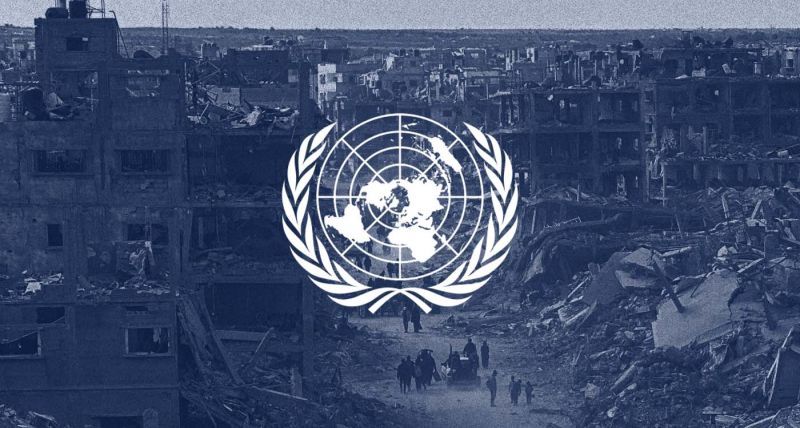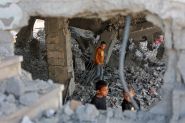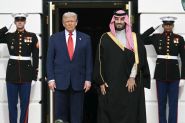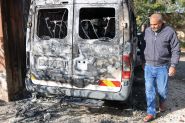- Home
- Arab World
- Crucial UN Vote: Challenges in Deploying an International Stabilization Force in Gaza

©This is Beirut
The UN Security Council will meet on Monday at 5 p.m. (10 p.m. GMT) to vote on the American resolution endorsing Donald Trump’s peace plan for Gaza. The text, the result of weeks of complex diplomatic negotiations, calls for the deployment of an “international stabilization force” tasked with securing borders, supporting the disarmament of armed groups – including Hamas – and protecting civilians.
The plan, however, leaves the force’s exact role, composition, and troop numbers unspecified, creating strategic uncertainty and largely explaining why the resolution may fail to win unanimous support. Meanwhile, Russia has presented a competing proposal, opposing the immediate deployment of an international force and urging the UN Secretary-General to explore alternative options, further complicating the diplomatic standoff.
Turning to the UN Was Inevitable
Turning to the Security Council was unavoidable to give the American peace plan an official framework. “Donald Trump needs the international organization to provide legitimacy and a formal framework for his plan. Arab allies demanded a clear mandate; without it, they would refuse further engagement,” says David Rigoulet-Roze, researcher at the French Institute for Strategic Analysis (Ifas) and editor-in-chief of Orients Stratégiques. This requirement makes a Security Council vote essential, while also highlighting the delicate balance between diplomatic ambitions and operational constraints.
The resolution will have to establish the framework for the international stabilization force and define the structure of interim governance, with a Peace Council overseen by Trump and an apolitical Palestinian technocratic committee. Yet the creation of the international force raises major concerns. What are they?
Concerns Among Potential Contributors
For the stakeholders – mainly Qatar, Egypt, the United Arab Emirates, Saudi Arabia, Indonesia, Pakistan, Jordan, and Turkey – the operational risks are high. First, there is the issue of funding: because the force would not be financed through the UN peacekeeping budget (it is mandated by the UN but not a UN force), the financial responsibility would fall either on the United States or on the participating countries. This naturally limits engagement, says former head of the French military mission to the UN, General Dominique Trinquand, speaking to This is Beirut.
Next is the mission itself. Disarming Hamas remains a crucial and delicate issue, potentially jeopardizing the safety of international troops. Since Israel’s withdrawal, Hamas has gradually regained control over the Gaza Strip, as General Trinquand notes. According to him, effective disarmament can only take place with Hamas’s consent, requiring strong diplomatic pressure, particularly from Qatar and Turkey. However, with Israel opposing the deployment of Turkish and Qatari troops, such mediation is proving difficult.
David Rigoulet-Roze echoes this view: “Arab allies say they are willing to contribute to the transition, stabilization, and support for a new governance structure, but not necessarily to take an active role in disarming Hamas, which is a crucial issue and the most sensitive point of the Trump plan.”
These constraints highlight why it is essential to clarify the chain of command, the operational mandate, and the protective measures for the forces. Rigoulet-Roze stresses, “The core problem lies in disarming the movement and demilitarizing the enclave, which Hamas exploits to jeopardize the success of the ongoing process.”
Assuming the resolution is adopted, establishing the force will take time. If it is not deployed promptly – once the first phase of the Trump plan is completed, with three Israeli remains still to be returned by Hamas – the risk of renewed hostilities in Gaza is real.
Read more




Comments